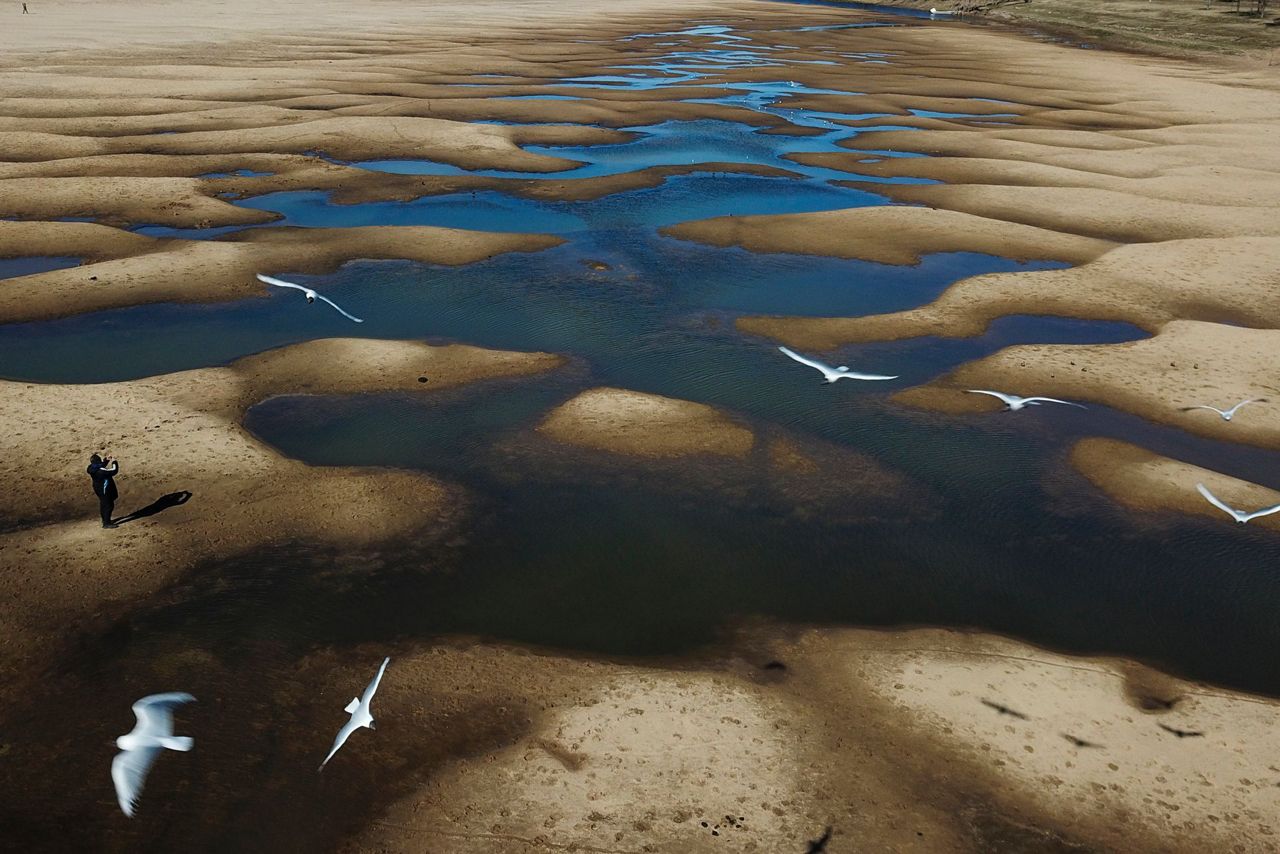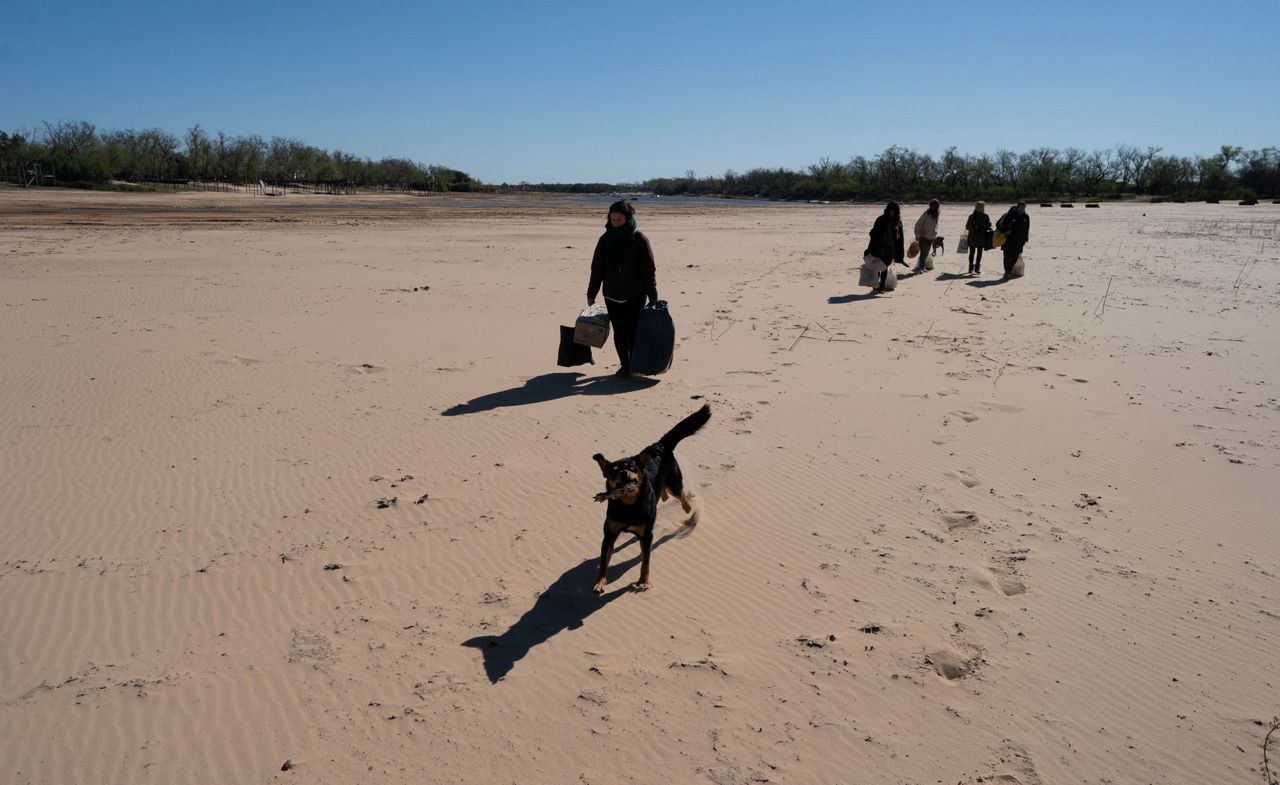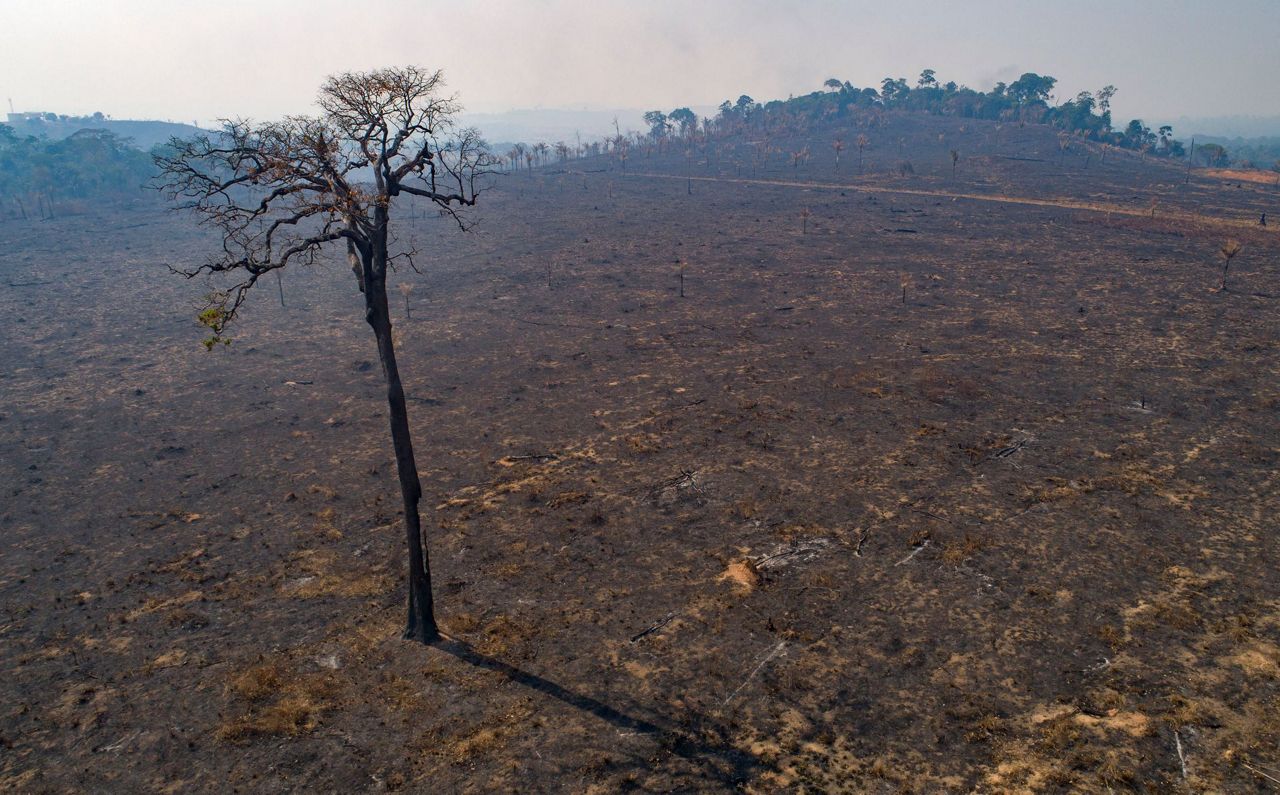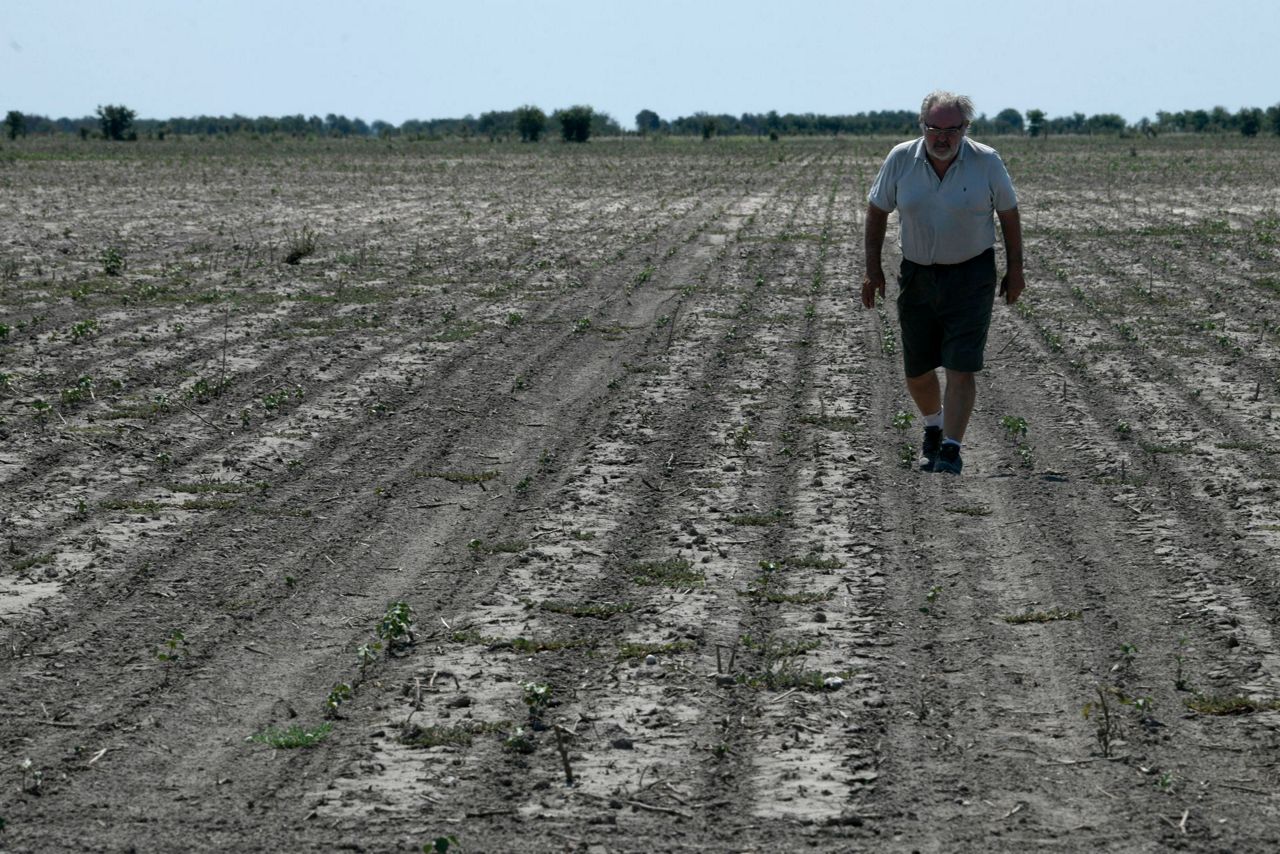Climate change isn’t causing the multi-year drought that is devastating parts of Argentina, Uruguay, Brazil and Bolivia, but warming is worsening some of the dry spell’s impacts, a new study says.
The natural three-year climate condition La Nina – a cooling of the central Pacific that changes weather worldwide temporarily but lasted much longer than normal this time – is the chief culprit in a drought that has devastated central South America and is still going on, according to a flash study released Thursday by international scientists at World Weather Attribution. The study has not been peer reviewed yet.
Drought has hit the region since 2019 with last year seeing the driest year in Central Argentina since 1960, widespread crop failures and Uruguay declaring an agricultural emergency in October. Water supplies and transportation were hampered, too.
“There is no climate change signal in the rainfall,” said study co-author Friederike Otto of the Grantham Institute at Imperial College in London. “But of course, that doesn’t mean that climate change doesn’t play an important role in the context of these droughts. Because of the extreme increase in heat that we see, the soils do dry faster and the impacts are more severe they would have otherwise been.”
The heat has increased the evaporation of what little water there is, worsened a natural water shortage and added to crop destruction, scientists said. The same group of scientists found that climate change made the heat wave last December 60 times more likely.
And cutting down trees in the southern Amazon in 2020 reached the highest rate in a decade and that translates to less moisture being available farther south in Argentina, said study lead author Paola Arias, a climate scientist and professor at the Environmental School of the University of Antioquia in Colombia.
The team of scientists at World Weather Attribution use observations and climate models to see if they find a climate change factor in how frequent or how strong extreme weather is. They compare what happened to how often it happened in the past, and they run computer simulations that contrast reality to what would have happened in a world without human-caused climate change from burning of fossil fuels.
In this drought’s case, the models actually show a slight, not significant, increase in moisture from climate change but a clear connection to La Nina, which scientists say is waning. It will still take months if not longer for the region to get out of the drought — and that depends on whether the flip side of La Nina — El Nino — appears, said study co-author Juan Rivera, a scientist at the Argentine Institute for Snow Research, Glaciology and Environmental Sciences.
In the past, the team of scientists has found no obvious climate change connection in some droughts and floods, but they do find global warming is a factor in most of the severe weather they investigate.
“One of the reasons why we do these attribution studies is to show what the realistic impacts of climate change are. And it’s not that climate change makes everything worse,” Otto said. “Not every bad thing that’s happening now is because of climate change.”
___
See more of AP’s climate and environment coverage at https://apnews.com/hub/climate-and-environment
___
Follow Seth Borenstein on Twitter at @borenbears
___
Associated Press climate and environmental coverage receives support from several private foundations. See more about AP’s climate initiative here. The AP is solely responsible for all content.
Copyright 2023 The Associated Press. All rights reserved. This material may not be published, broadcast, rewritten or redistributed without permission.






